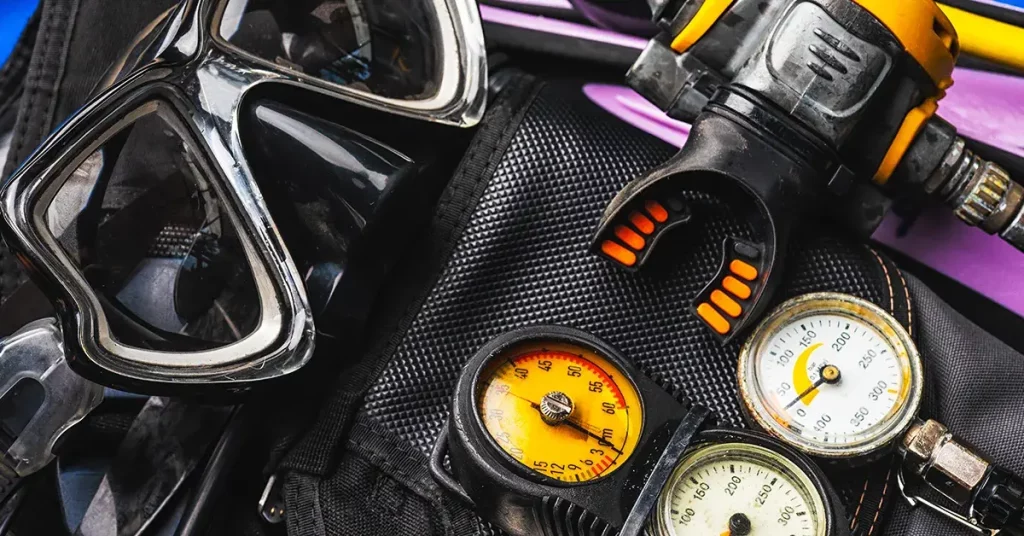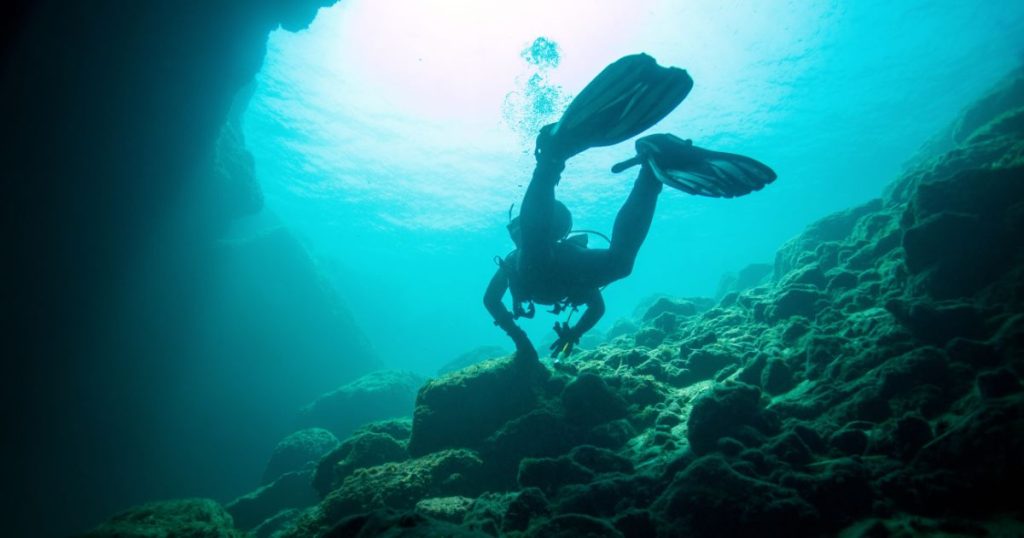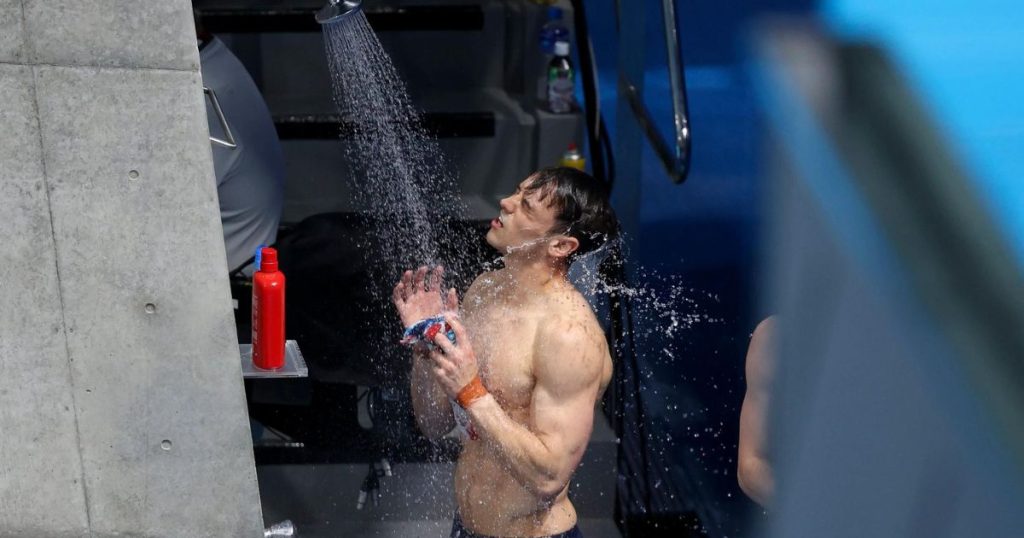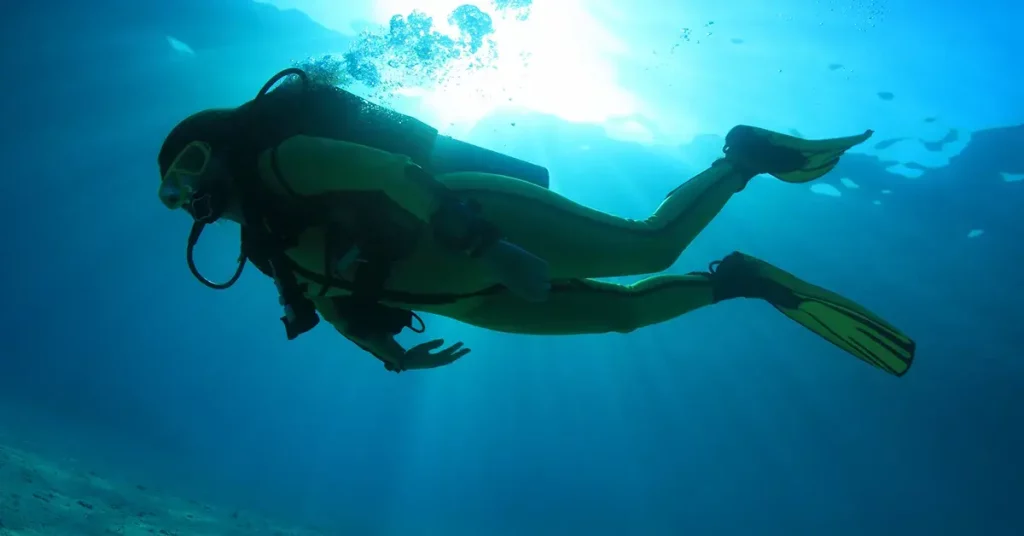If you’re looking to get your feet wet with scuba diving, you’ll need to know a thing or two about scuba diving equipment. As scuba diving is a gear heavy sport, you’ll need to prepare properly with the right equipment for the job.
Just like becoming dive certified, there’s a lot to learn when it comes to scuba diving gear. Beginners often ask “what equipment do I need for scuba diving?” and “what equipment do I need to buy?”
Let’s take a look at scuba diving equipment in more detail, and break down what you’ll need to know to when getting geared up to dive.
Scuba Diving Equipment List
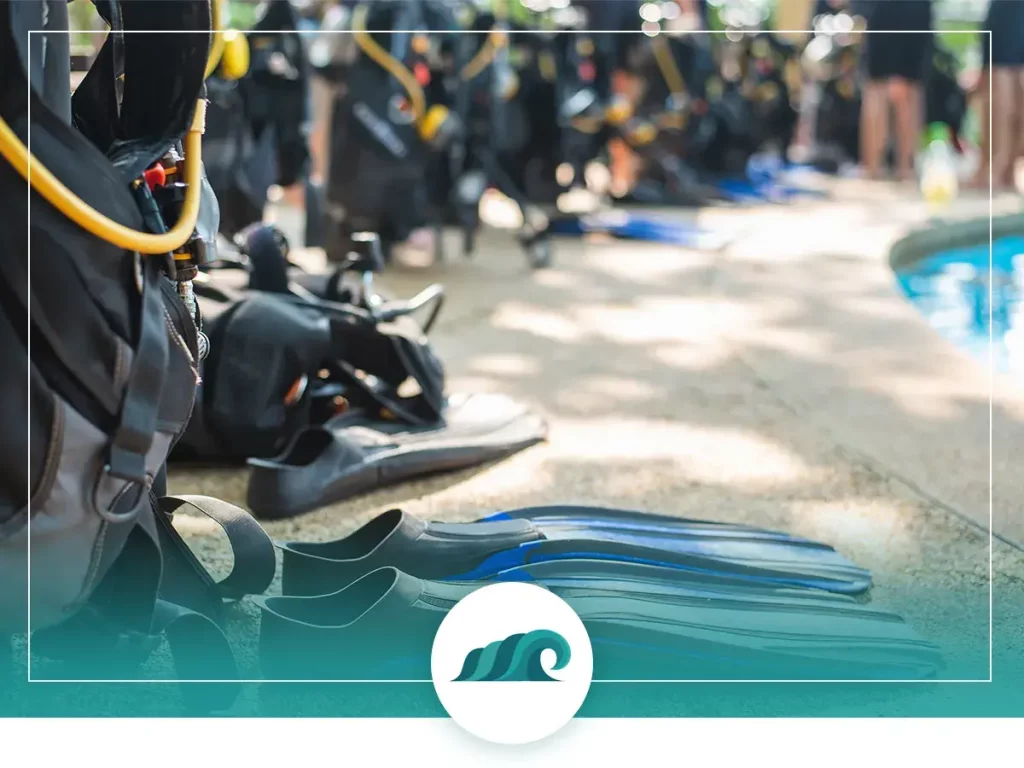
Scuba diving equipment can be broken down into several different sub-categories, depending on its use case. Basic gear like dive masks, fins, snorkel, gloves, boots, and wetsuits are fairly straightforward and can be purchased nearly anywhere.
More advanced life support equipment like BCD’s, regulators, and dive computers are more complex, and will generally need a little hands-on expertise. These are typically purchased at dive shops – where you can get hands-on advice from seasoned divers.
Beyond a barebones setup, there are plenty of useful accessories like dive lights, dive knives, gear repair kits, and wetsuit maintenance products. While these aren’t always necessary, they can often make your diving experience that much easier.
Safety gear like dive flags and floats, surface marker buoys, safety whistles, and first aid kits are all good to have and may be required in some areas.
Once you’ve got all of your gear laid out and ready to go, you’ll need some way to protect and transport it. Dive bags are specially designed to transport dive gear safely and are a good investment if you’re already spending significant money on dive gear.
Basic Gear
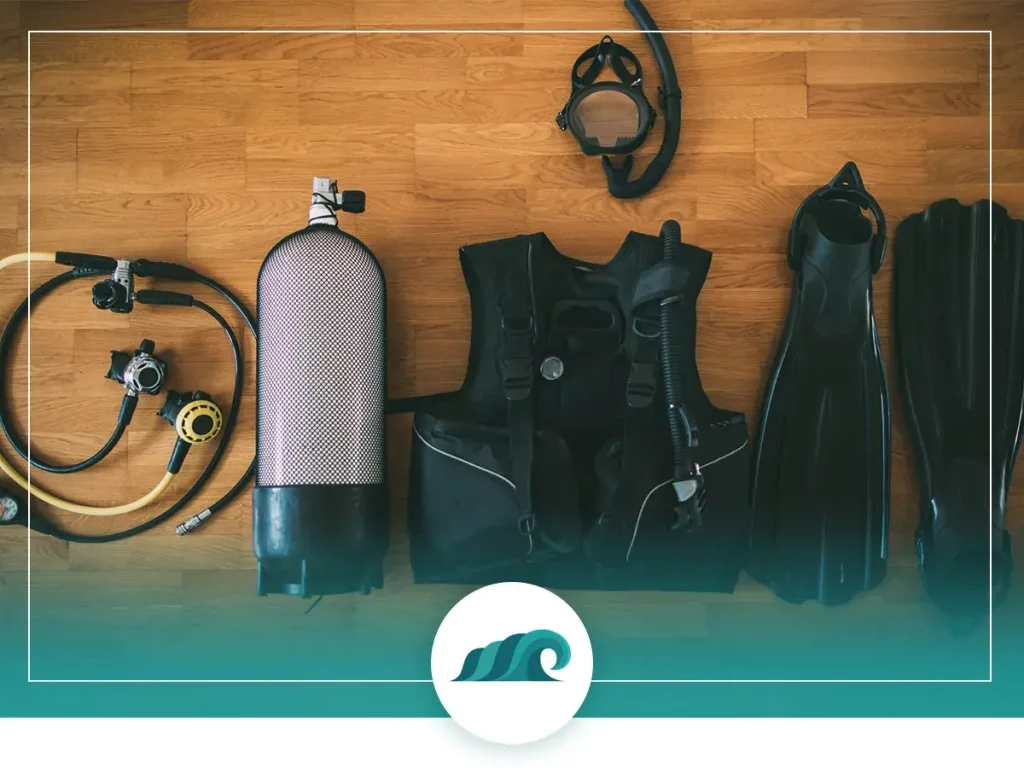
Scuba Mask
Your dive mask is one of the most important parts of your diving setup. After all, if you can’t see – you can’t dive. If you’re only going to buy one piece of dive gear, a good mask that fits your face perfectly is the way to go.
Scuba masks have evolved significantly over the years, with modern masks being smaller, lighter, and having less internal volume than old-school masks. Good masks utilize soft silicone seals to create a watertight and airtight seal – so you won’t need to waste time fiddling around with leaky seals.
As everyone’s face is slightly different, there isn’t one best mask for everyone. If possible, try on several different masks until you find one that fits perfectly. To test out a mask’s fit, follow these steps:
- While facing upwards, place the mask on your face without the strap.
- Face forwards, and take a breath through your nose.
- If the mask stays put on your face, there should be no leaks – and you’ve found a good fit.
- If possible, repeat the process with your snorkel and/or regulator mouthpiece in.
- Fasten the strap around the head to make sure the mask is comfortable and the nose pocket has enough room.
While there are a variety of different mask designs and types, many scuba divers like to use a freediving style mask. These masks have ultra-low volumes, so you won’t need to equalize your mask as often.
Scuba Fins
Scuba fins are generally wider, stiffer, and more powerful than recreational snorkeling fins. Because they must to be strong enough to propel a fully loaded diver, they require a bit more effort to the part of the diver. Like dive masks, the right fins will depend on your personal preferences and fitness level.
If you’re a larger diver in good shape, you’ll be able to handle a larger, stiffer fin than smaller divers who aren’t accustomed to prolonged kicking. When you’re picking out a pair of fins, you’ll want to make sure they fit snuggly – but don’t pinch your toes.
There are two main fin types used by scuba divers, each having their own advantages and drawbacks.
Closed heel fins, like the name suggests, have closed foot pockets, and require a more precise fit than their open heel counterparts. They’re designed to be used either with or without dive boots and tend to be more efficient and comfortable than open heeled fins.
Open heel fins feature open foot pockets with an adjustable heel strap. This allows you to adjust the fit between 4 different sizes – so you can share the same fins with friends and family with different foot sizes. These fins are designed to be worn with dive booties and will cause chaffing if worn barefoot.
Snorkel
You might be wondering why you need a snorkel for scuba diving – good question!
Not all divers use one, but they can be pretty handy – especially for beginners. While you’re on the surface, a snorkel lets you breathe normal air without using up your breathing gas.
Picking out a snorkel is fairly straightforward. The main things to look out for are a good mouthpiece fit and a slim profile that won’t drag in the water. Dry top snorkels with purge valves can be a good choice, as they’ll prevent you from accidentally swallowing a mouthful of salty water. They do tend to be bulkier than freediving-style snorkels – which are basically just a tube with a mouthpiece attached to the end.
Wetsuit
Wetsuits used for scuba diving come in several different types – depending on the water temperature and use case. They work by utilizing layers of material to trap heat and reflect it back towards your body.
‘Closed cell’ suits are designed to let in a thin layer of water under the neoprene foam – which stays sandwiched next to your body as it heats up and warms you. ‘Open cell’ wetsuits prevent any water from getting inside the suit – making them warmer, but more difficult to put on and take off.
Finding a good fit on your wetsuit is important, as overly loose suits will let too much water in and out – negating the insulation effect. You’ll also want to make sure the sleeves and cuffs are snug enough to stop excess water from seeping in.
‘Shorty’ wetsuits are a good option for warm water diving, and feature cut off cuffs (and sometimes sleeves). Their easier to put on and take off than full-length suits.
When you’re deciding on a suit, you’ll want to match the neoprene thickness with your local water temperature. These are some general guidelines for picking out the right wetsuit thickness:
- 2mm: 62°- 68° F (17° – 20° C)
- 3mm: 58° – 63° F (14° – 17° C)
- 4mm: 52° – 58° F (11° – 14° C)
- 5mm: 43° – 52° F (6° – 11° C)
- 6mm+: 42° F and below (5° C and below)
Drysuits are one-piece sealed suits used for cold-water diving below 60°F. They utilize waterproof rubber seals to prevent any water from getting inside the suit – so you stay dry no matter what. They cost a lot more than wetsuits, offer less mobility, and are more difficult to put on/ take off.
Boots & Gloves
Dive boots and gloves are great for cold-water diving – and will also keep your hands and feet well protected from the elements. Most are made from the same materials as wetsuits, so they’ll provide a decent level of insulation from the cold.
Gloves can come in handy when you’re exploring underwater environments with sharp, craggy features. They’ll also provide a good level of grip – so you don’t lose anything important to the seafloor.
Boots are great for protecting your feet while walking along rocky, shell-covered beaches, making them particularly great for shore diving. If you’re using open heeled fins, they’ll also prevent chafing and abrasion from the heel strap.
Life Support Gear
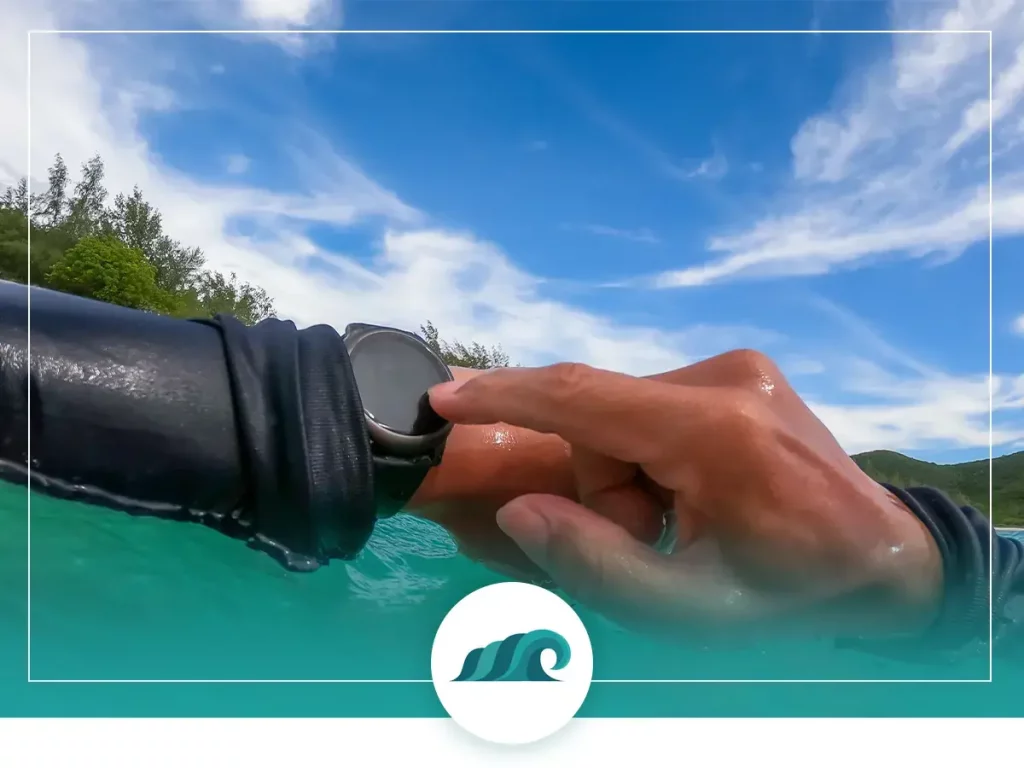
Life support gear includes regulators, BCD’s, dive computers, and other advanced gear. Due to its complex nature, life support equipment is fairly expensive. Many divers elect to rent this equipment rather than buying it outright – especially when they’re just starting out.
Regulator
Diving regulators are used to control the pressure of breathing gas while diving. This means they convert the high-pressure gas in your tank into breathable air. Regulators have two ‘stages’ – the first stage being the portion that connects to your tanks, and the second stage being the mouthpiece portion.
With the high safety standards used by major dive equipment manufacturers, you don’t need to worry about gear not functioning properly. The main thing to consider when picking out a regulator is comfort and extra features.
You’ll want a comfortable mouthpiece that fits naturally inside your mouth. Extra features to be on the lookout for are environmental sealing for cold water diving functionality, ease of servicing, and swiveling hose functionality.
Good regulators typically cost anywhere between $200 and $1000+. Because it’s such an important piece of dive equipment, it’s best to hit up a local dive shop and get some hands-on expertise when picking one out.
BCD
BCD (buoyancy compensation devices) are possibly the most important piece of scuba diving equipment you’ll need. These vests allow you to adjust your level of buoyancy by inflating and deflating at the touch of a button. Because divers loaded with equipment have negative buoyancy – a BCD is needed to provide positive buoyancy to counteract this effect.
Your BCD also allows you to carry a tank comfortably and acts as a mount for your regulator plus all your other dive gear.
When picking out a BCD, you’ll want to try on several different models to find one that fits you comfortably. You’ll want to make sure it fits comfortably, while still giving you enough room to breathe when fully inflated. Both the inflate and deflate buttons should be easy to reach single-handed, and all straps and buckles should be comfortable and easy to operate.
Good BCDs can cost anywhere between $250 and $1250, with more expensive models being lighter, slimmer, and creating less drag in the water. Just as with regulators, you’ll want to try several on in a dive shop if possible, so you can get some expert advice.
Dive Computer
Dive computers are another useful piece of scuba diving equipment – and will save lots of time and effort as compared with old school dive tables. Instead of manually calculating your bottom time and decompression stops with a pen and paper like a WWII frogman, you’ll be able to view your dive status on the fly by quickly glancing at your wrist.
Dive computers vary in terms of functionality, but most will calculate and re-calculate your available bottom time according to your current depth. This eliminates the human error element of using dive tables and makes your dive that much safer. They’ll also display your tank pressure, log your dives, and many have Bluetooth connectivity.
Because dive tables use a fixed depth for calculating your available bottom time, and divers rarely actually stay at a fixed depth, a dive computer will give you a more accurate measurement. Many also have nitrox functionality, so they’ll perform all the calculations for different breathing gas mixes.
When choosing a dive computer, you’ll want to make sure it’s comfortable, easy to read, and simple to program. Also consider any extra features like freediving functionality, nitrox/trimix mode, and built-in compasses.
Tank
Tanks are one of the last pieces of gear most divers purchase, due to their heavy and clunky design. Unless you’re diving on a regular basis, you can get by renting tanks from your local dive center. However, if you’re committed to the sport, getting your own tank can save you money over time.
Most tanks are made from either aluminum or steel, with steel being slightly heavier, more durable, and has a higher fill capacity. However, they’re more vulnerable to rusting and are more vulnerable to improper filling techniques. Most beginner divers will go with aluminum, as its cheaper, but if money is not an issue, going with steel makes sense.
Typical full-sized scuba cylinder capacity is between 40 and 100 cubic feet, with the most common size being 80 cubic feet. If you’re interested in deep diving, then you’ll also need to make sure the tank is compatible with nitrox/trimix use.
Renting vs. Buying
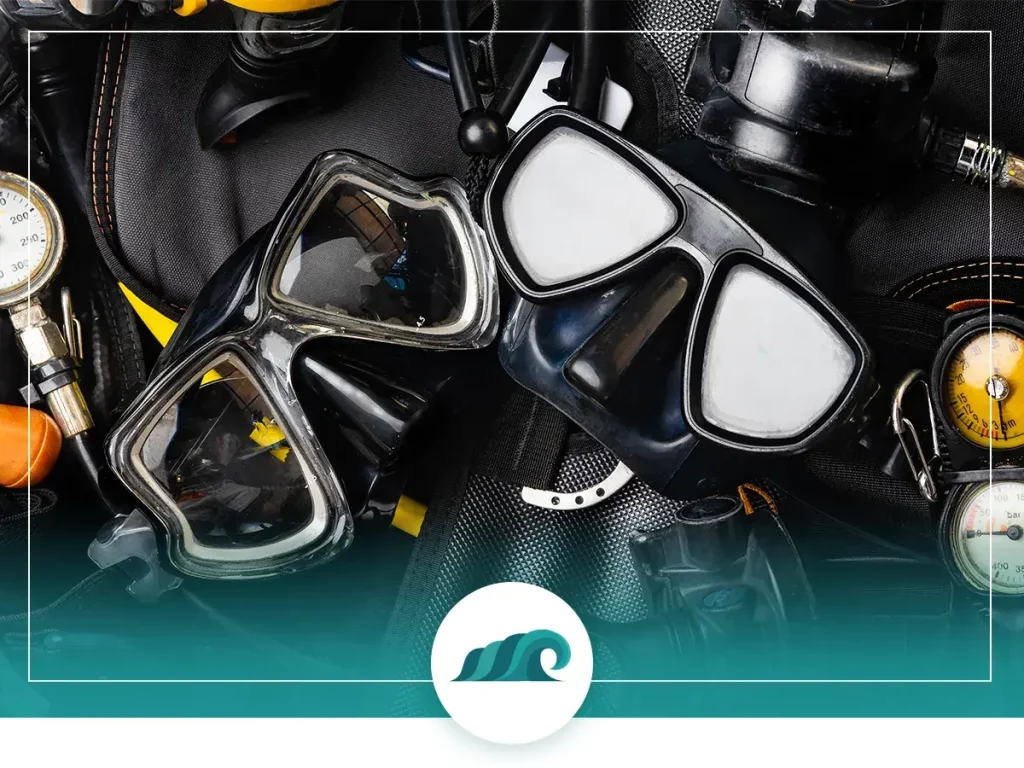
If you’re new to diving, one of the first questions many divers ask is “what equipment should I buy and what should I rent?”
As diving gear certainly isn’t cheap, determining what you should shell your hard-earned dough on can be a tricky question. Generally, if you’re going to dive semi-frequently, you’ll want to get your own mask, snorkel, fins, and wetsuit. These items are relatively inexpensive, and you’ll get far better fit and function from them than rentals.
Whether or not to purchase your own life support equipment is a more complex question. It really depends on how often you plan to dive and how committed you are to the sport. Buying your own regulator, BCD, and dive computer means shelling out a couple grand at least. So, you should be confident you’re going to actually use the gear before making such a large commitment.
Ask yourself “how often will I dive per year?”
If the answer is a couple dozen or more, then buying your own gear will pay for itself in three to five years. With an average rental fee of about $40 per day for dive gear, and assuming you dive 40 times a year, at 5 years you’ll be at about $4000 in rental fees. That’s equivalent to the cost of a set of high-end dive gear.
Also, consider when you buy your own gear, it will retain a good percentage of its retail value should you want to sell it.
Where to buy dive gear?
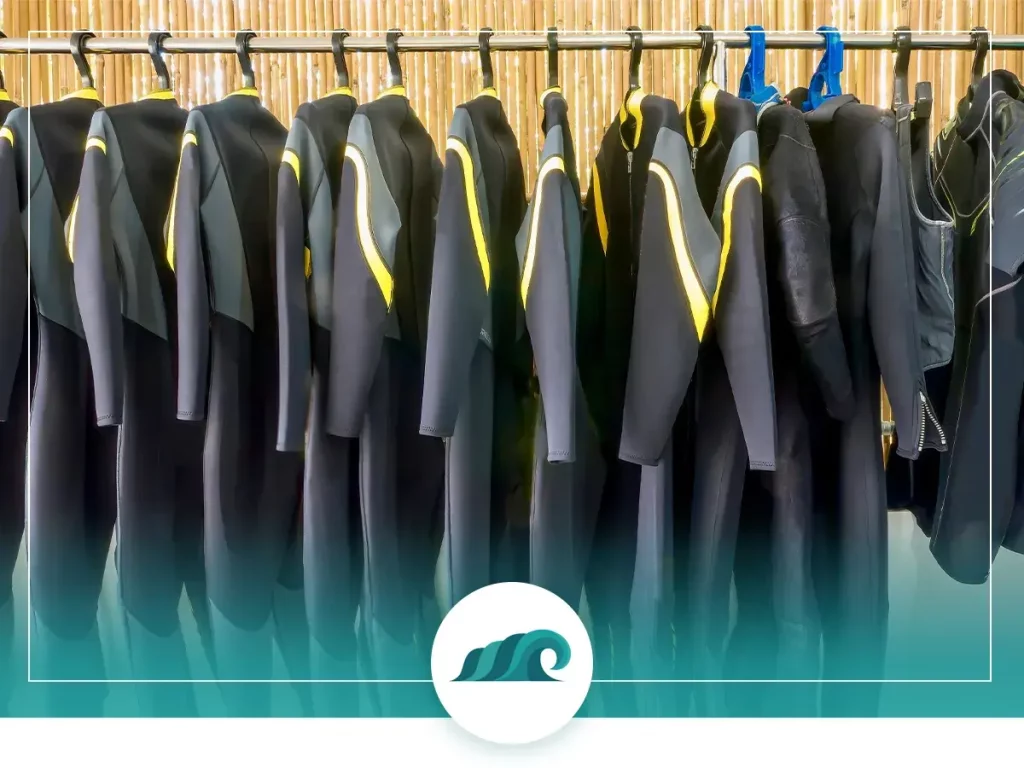
Buying dive gear can be confusing for beginners. Buying directly from your local dive shop is an excellent option – especially when it comes to more expensive gear that requires regular servicing. Dive shops will have everything you need to get started under one roof. You’ll be able to book dives, get gear serviced, rent dive equipment, and get the opportunity to try out gear and test it out before making a purchase.
Of course, online retailers are a convenient option if you don’t have the time to head down to a physical store. You’ll want to make sure your buying from a reputable diving retailer when making any larger purchase. Leisure pro has an excellent reputation in the dive community and carries a massive selection of dive gear for beginners and pro’s alike.
Check out Leisure Pro’s Dive Gear >>>

